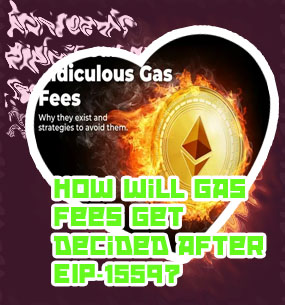- Buy bitcoin cash app
- Sandbox crypto
- Ethusd price
- How to start trading cryptocurrency
- Google bitcoin
- When was btc created
- How much is bitcoin
- How does btc mining work
- Cours bitcoin cash
- Bitcoin cryptocurrency
- Cryptocom defi wallet
- Buy dogecoin paypal
- How does bit coin work
- Cryptocom card
- Doge crypto
- How do you buy cryptocurrency
- Bitcoin smart contracts
- Who own bitcoin
- Etherium vs etherium classic
- World crypto began with friendly game
- Bitcoin vault
- Metahero crypto price
- Elon coin crypto price
- Btc wallet app
- Cryptocurrency bitcoin price
- Top cryptos
- Cryptos to watch
- How do i withdraw money from cryptocom
- Launches crypto world check section blog
- Bitcoin price drop today
- Gas fees eth
- Crypto com referral
- When will all btc be mined
- Cryptocurrency prices
- Buy crypto with credit card
- Cryptocom withdrawal limit
- Metaeth
- Bitcoin price history
- How to withdraw money from cryptocom
- How to sell on cryptocom
- New crypto coins
- Cryptocurrency app
- Buy litecoin online
- Free ethereum
- Best crypto to buy
- Polygon crypto price
- Cours crypto
- What is dot crypto
- Eth max price
- Cryptos
- Trending crypto
- Buy dogecoin stock coinbase
- How much is 1eth
- Best gaming crypto
- Where to buy crypto
- Ethereum crypto
- Fine crypto
- Cryptocoin com coin
- Shiba inu coin cryptocurrency

Gas fees ethereum
Gas fees on the Ethereum network have been a persistent issue for users, often leading to high costs and delays in transactions. Fortunately, there are strategies and tools available to help minimize gas fees and optimize transactions. Below are two articles that provide valuable insights and tips on how to navigate the world of gas fees on Ethereum.
Gas fees on the Ethereum network have been a persistent issue for users, often leading to high costs and delays in transactions. Fortunately, there are strategies and tools available to help minimize gas fees and optimize transactions. Below are two articles that provide valuable insights and tips on how to navigate the world of gas fees on Ethereum.
5 Ways to Reduce Gas Fees on the Ethereum Network

Gas fees on the Ethereum network have been a major concern for users, especially during peak times when congestion is high. Fortunately, there are several ways in which individuals can reduce these fees and make their transactions more cost-effective.
One of the most effective ways to lower gas fees is by using layer 2 solutions such as Loopring or zkSync. These platforms allow users to conduct transactions off-chain, significantly reducing the amount of gas needed for each transaction. By leveraging these solutions, users can save a substantial amount of money on fees.
Another way to reduce gas fees is by simply waiting for off-peak times to conduct transactions. During times of low network activity, gas fees tend to be much lower, making it the ideal time to send your transactions. Planning ahead and being patient can go a long way in saving money on fees.
Additionally, utilizing gas fee estimators can help users determine the optimal gas price for their transactions. By setting the right gas price, users can avoid overpaying for fees and ensure their transactions are processed in a timely manner.
Overall, taking advantage of layer 2 solutions, timing transactions during off-peak hours, and using gas fee estimators are just a few ways in which users can reduce gas fees on the Ethereum network. By implementing these strategies
A Comprehensive Guide to Gas Optimization on Ethereum
Gas optimization is a crucial aspect of conducting transactions on the Ethereum network efficiently. This comprehensive guide provides valuable insights into how users can minimize their gas costs while maximizing the speed and reliability of their transactions. By understanding the various factors that influence gas prices, such as network congestion and transaction complexity, users can make informed decisions to optimize their gas usage and ultimately save money.
One of the key strategies outlined in this guide is the use of gas limit and gas price adjustments to prioritize transactions based on their urgency and importance. By setting the right gas limit and price, users can ensure that their transactions are processed in a timely manner without overpaying for unnecessary gas fees. Additionally, the guide offers practical tips on how to write efficient smart contracts and utilize gas-efficient coding practices to further reduce gas costs.
Feedback from a resident of World named Alejandro Torres from Mexico City highlights the importance of gas optimization for users in emerging markets where transaction fees can significantly impact the affordability of using decentralized applications. He emphasizes the need for easy-to-understand resources like this guide to help users navigate the complexities of gas optimization and make the most of their Ethereum transactions. Overall, this guide serves as a valuable resource for users looking to enhance their gas optimization strategies on the Ethereum network.